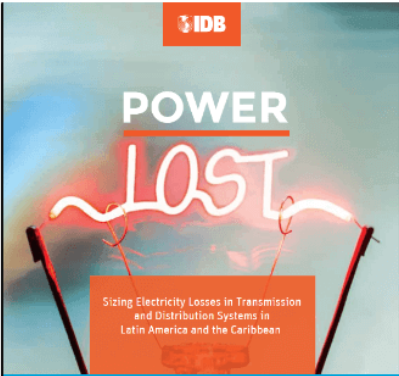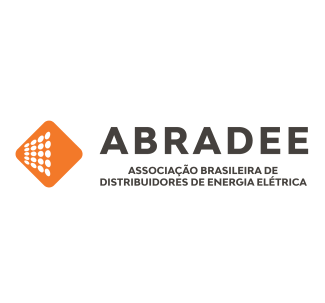The use of new distributed energy technologies (PV systems, fuel cells, energy storage, and electric vehicles) connected to the grid requires improvements in all interconnection standards to define the requirements that these technologies must need for safe and reliable integration with utility electrical networks. These standards address issues such as power quality and voltage limits and maximum power to be connected. For example, in many countries, local regulations will provide for these procedures, however when this does not occur, countries can use IEEE references such as IEEE 1366 and IEEE 1547 and technical studies. One relevant example is the New Grid Code in Colombia (currently under revision) which considers an important integration of intermittent generation to the national system (not for DG). The study contracted by the Regulator (CREG) proposes different rules in fields like protections ( fault protections ), fast frequency response, and quality of the voltage waveform, for which it is proposed to update the current requirements considering the incorporation of power electronics of wind and photovoltaic farms (FACTS-Flexible AC Transmissions Systems , EES – E lectrical Energy Storage, and in the future HVDC–High Voltage Direct Current ). As far as DG integration is concerned, the connection to the grid must comply with the voltage standards set by the competent authority or the utility for the transmission and distribution system, to avoid negative technical effects on the grid in aspects such as voltage regulation, power flow reversal, thermal limits, short circuit currents, protection coordination, power quality and island operation. Additionally, a generalized opinion is that the integration of distributed generation should be done in stages (such as a moderate stage for the existing grid, full integration, and development of localized markets).
In this context, best practices consist mainly of :
• Carry out specialized technical studies to determine the appropriate technical standard for system capacity availability. For example, in Colombia it was set at a maximum of 15% of the capacity of a circuit.
• Carry out periodic studies to update these standards based on the development of the grid and the incorporation of distributed generation.
• Define and implement adequate procedures to promote the integration of distributed generation. For example, the publication and permanent update in the official Internet portal of the available capacities in each circuit and the connection requests in process, accepted and installed generation; the adoption of standardized formats to submit the connection request, the steps of the process and response time limits.

